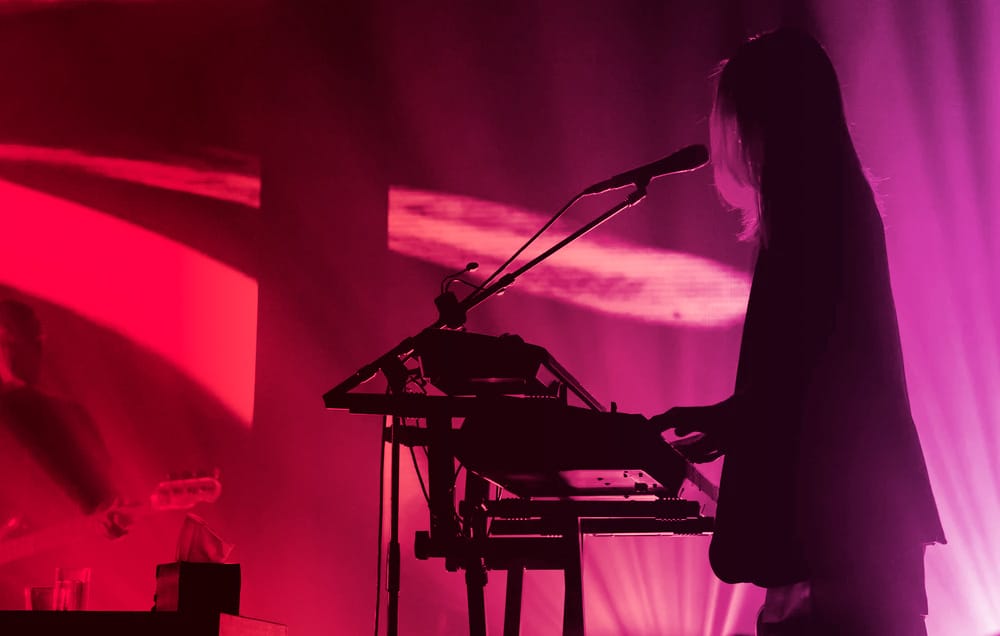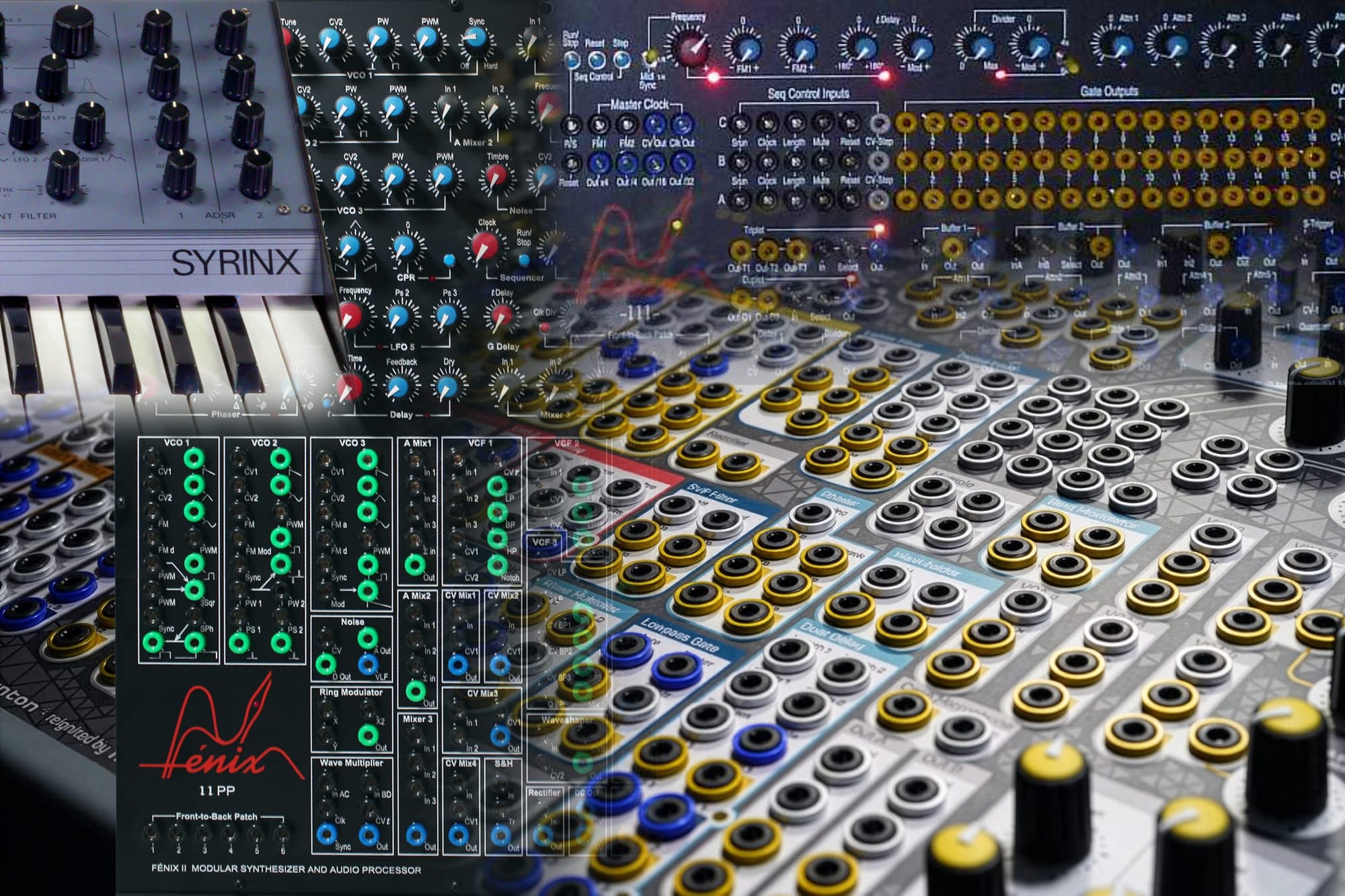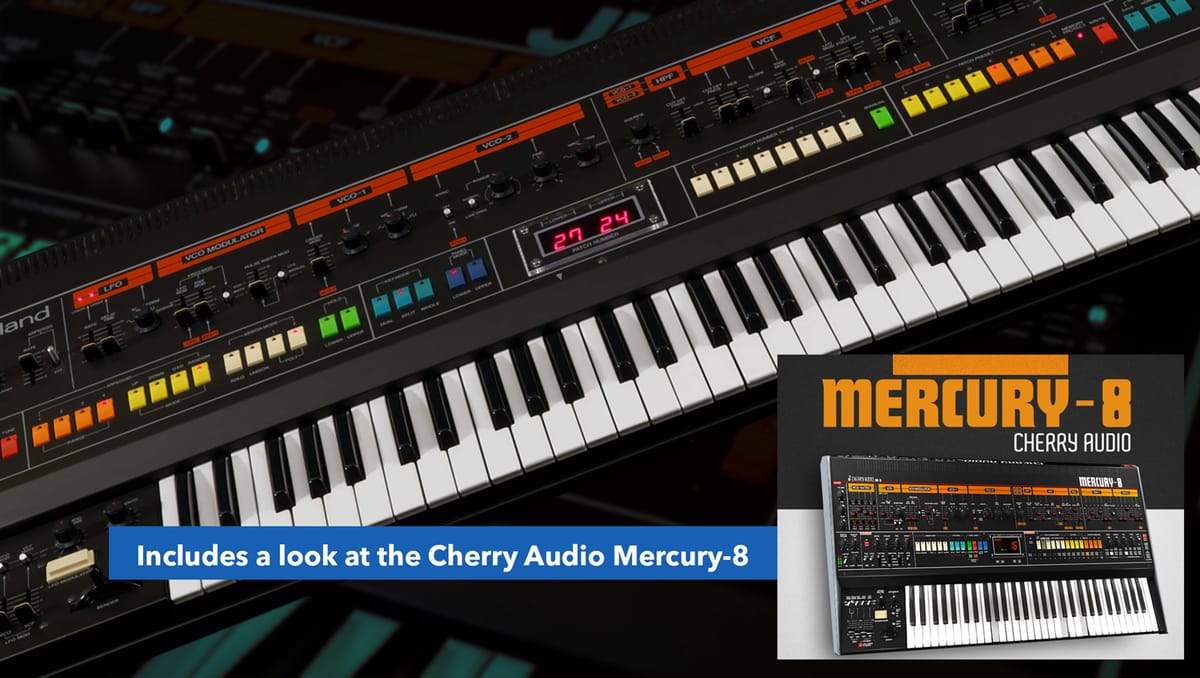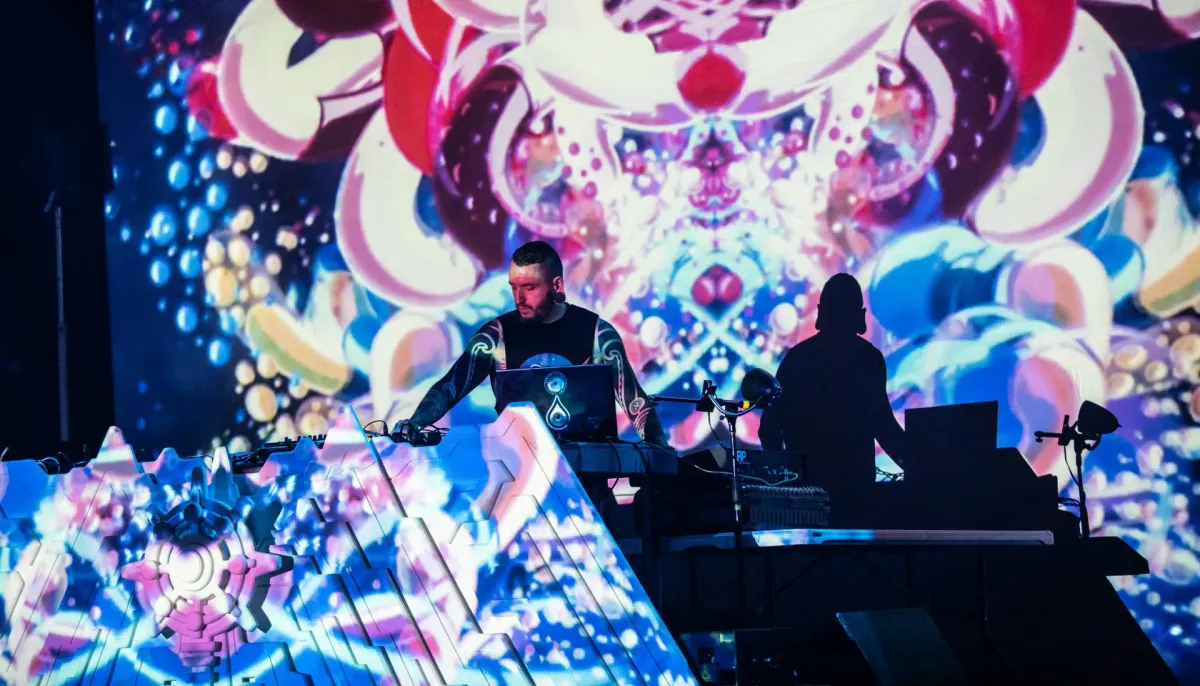“I had a dual musical life growing up. On the one hand, I began learning classical piano at the age of six, and on the other, I adored pop music. My musical passions early on ranged from Debussy and Ravel to Michael Jackson and Fleetwood Mac.
“In my teens, I discovered avant-garde and 60s experimental music, falling immediately in love with the musique concrète of Steve Reich, Pierre Schaeffer, and BBC Radiophonic Workshop icons like John Baker and Delia Derbyshire. The otherworldly yet nostalgic sonic nature of this music is what pulled me in.”
Writing music vs. performing with others
Whether working solo or with artists like Goldfrapp or Kylie Minogue, Hazel draws on similar skills – but with different creative freedoms.
“For both, I draw on many of the same skills and knowledge – identifying components of a sound, what effects or processing may have been used, interpreting harmony, notating and charting. I often gain new skills in my session work through exploring things I wouldn’t have otherwise – different styles, harmonic or rhythmic decisions, combining certain elements, or discovering specific pieces of gear like the Korg M1 or OB-Xa.
“One of the main differences is how much creative freedom I have in the process. Interpreting existing work is often about replication – solving puzzles, recreating specific sounds, or condensing layered keyboard parts into something playable live. Occasionally, there’s more freedom, where I can alter sounds for a live context or improvise within songs – often texturally rather than as a solo.
“There’s always going to be an attachment to your own music, which can be more exhausting and make it harder to gain enough objectivity to make decisions.”





